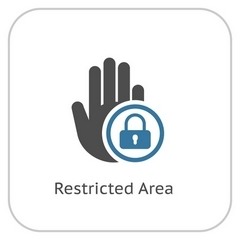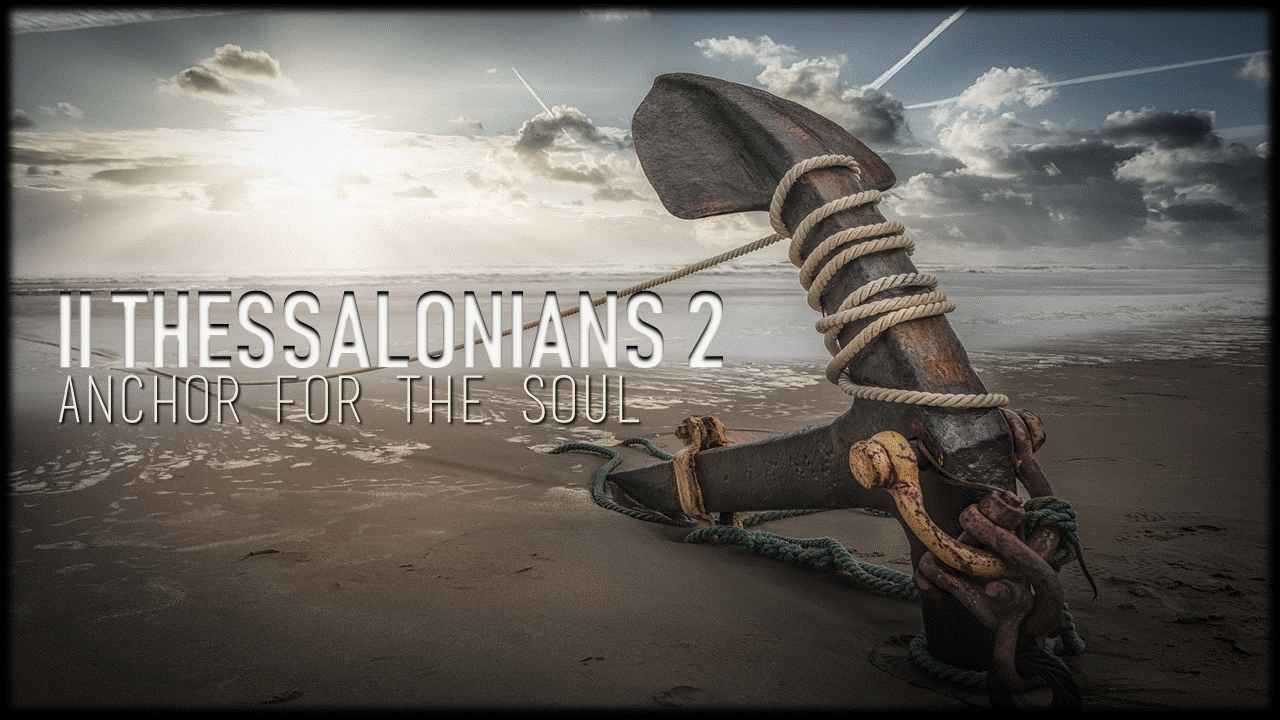Extract
Authorship:
The author of this epistle identifies himself as Paul (2 Thess. 1:1; 3:17). The early church and biblical scholarship throughout most of history have held to its Pauline authorship. Some modern scholars have argued that 1 and 2 Thessalonians present different theological perspectives on the end times, and therefore Paul wrote the first but not the second epistle. Some scholars also identify the “man of sin” (2 Thess. 2:3) with the legend of the return of Nero from the dead (Nero redivivus), which arose after Paul had died. Neither of these arguments warrants the conclusion that Paul is not the author. First, the teachings of both epistles on the coming of Christ are quite compatible. Second, the idea of an antichrist goes back at least to the prophet Daniel (Dan. 11:36). It would be remarkably hypocritical for the author to write severely against deception and lies (2 Thess. 2:3,9-12) and to commend “the love of the truth” (2 Thess. 2:10) if he were presenting himself under a false name. The best reading of the epistle is that it was written by “Paul,” the apostle closely associated with Silvanus (or Silas) and Timotheus (or Timothy) (1:1; Acts 15:40; 16:1-3; 2 Cor. 1:1,19)—the same three persons mentioned in the opening of 1 Thessalonians.

Access Denied!Restricted Content
❶ If you wish to join our program of reading through the Bible in one year, you can:
— Sign Up Here
— or Read More Here.
❷ A collection of unrestricted content (content that is free for everyone to use) is Located Here.
❸ Members of our Bible Reading Challenge who wish to see our restricted content should Login Here.





















